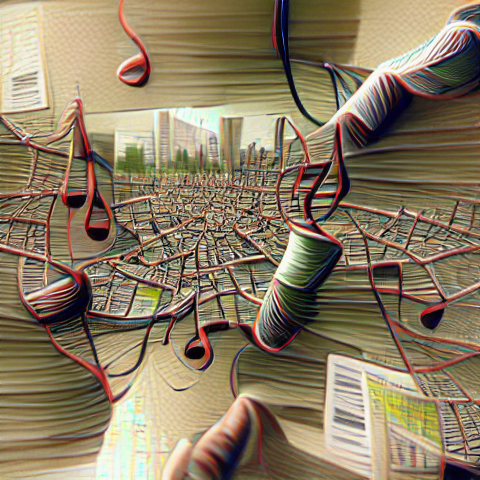
This paper from @CSERCambridge is a great example of systems thinking in GCRs: looking for pinch points where global infrastructure concentrates near natural hazards. nature.com/articles/s4146…
Many things get drawn close to hazards: Teheran is on a fault line that provides good water, container ports on cheap flat land close to the sea vulnerable to storm surge and sea rise, people live in Florida because weather that also enables hurricanes.
Good geothermal and cooling are drawing data centers to Iceland. The Mediterranean and Bay Area complex geology make them attractive but geologically "exciting". en.wikipedia.org/wiki/Marsili
The cascades described in the paper are on their own not super-disastrous. But they are the kind of thing that would make another ongoing disaster much worse, or trigger another. Consider a Paektu eruption destabilizing North Korea while there is US-Chinese tension in the SCS. 

Or just that one of these scenario branches happened during the Covid-19 pandemic. We were somewhat lucky that the locust situation in 2020 didn't get any worse, or that there were no major submarine cable faults.
I'm still not that worried about volcanoes. I place tsunamis hitting pinch points higher on my mental list. But hunting for pinch points and figuring out how to de-pinch them or what to quickly do if they get pinched seems very high value.
Linear infrastructure - power lines, shipping routes, cables - are more vulnerable than point infrastructure. Area infrastructure - agriculture - is usually robust because of independent subunits. Making it cheap to have subunits, redundancy & multicenters matters.
The reason for pinching is often economies of scale: clusters make it inefficient to build alternatives if the linear stuff is cheap and fast. Linear stuff gets bundled because (correlated!) fractal cost functions on surface of a sphere makes paths go through saddle points.
On a flat homogeneous waterworld/landworld linear stuff would go straight between centers with hierarchical local network. But clustering would still make high value clusters acting as pinch points.
Hazards also have an uneven distribution, with random fractal footprints. Were they uncorrelated with the cost function and cluster locations would still get accidental pinch points, but I suspect there are correlations in many domains (straits are often geologically active).
I would love to see looking for social pinch points - regions with strong dependencies, unstable demographics or politics etc. and so a similar analysis like this paper. I have seen it done informally (using multiple OH overlays) by MoD guy, but standard methods for the win.
• • •
Missing some Tweet in this thread? You can try to
force a refresh














